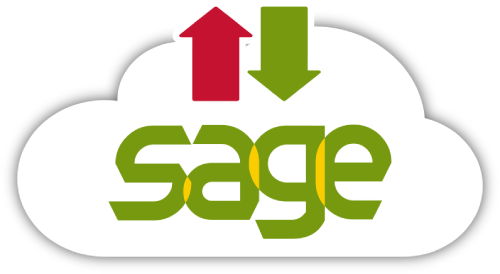The Sustainable Development Goals and the UNAIDS Strategy
Resource - Published
The HIV Engagement Cascade and African, Caribbean & Black Communities
Resource - Published
HIV Among Trans People
Resource - Published
African, Caribbean and Black Canadian HIV/AIDS Awareness Day Poster
Resource - Published
One Blood: Youth & HIV in the Caribbean and Caribbean Diaspora in Canada
Resource - Published
HIV/AIDS and Indigenous Populations in Canada and Sub-Saharan Africa
Resource - Published
